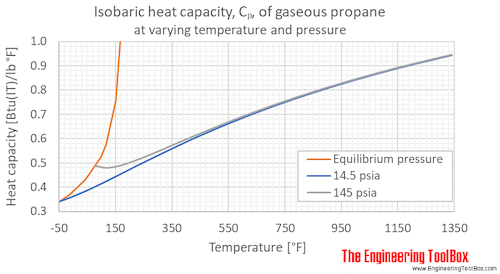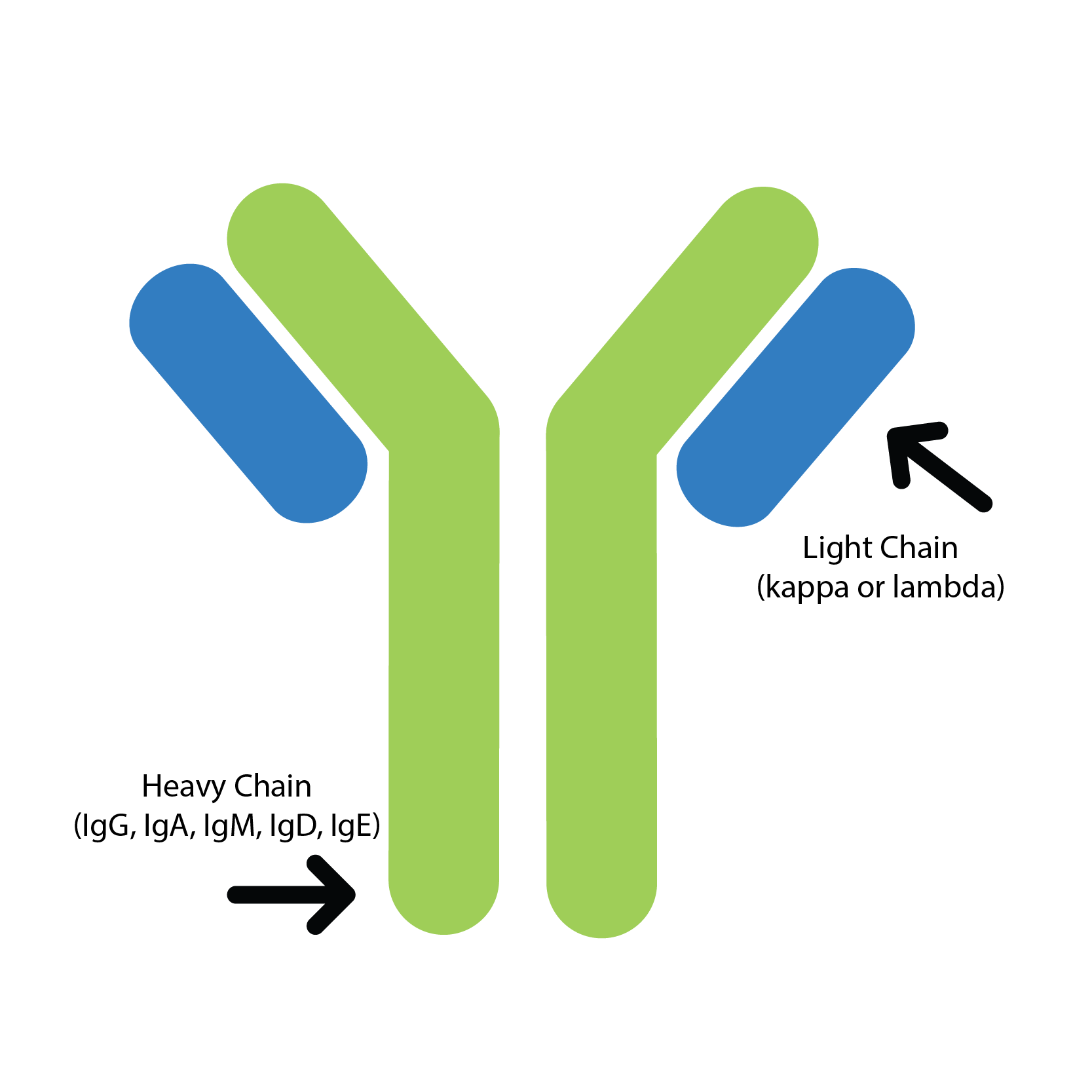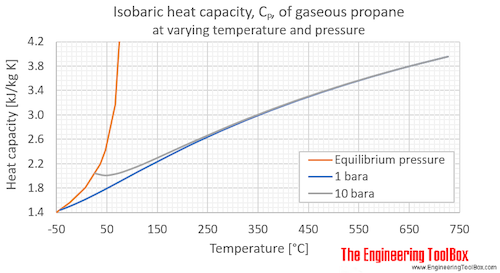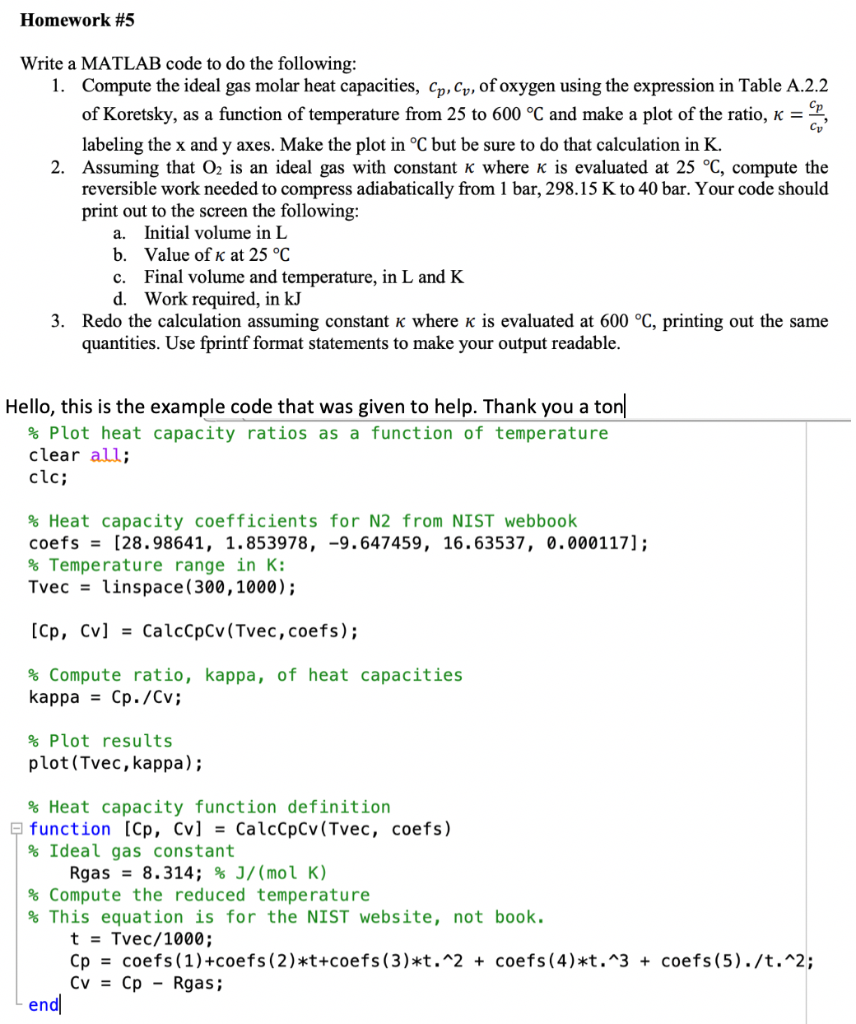
Heat transfer enhancement of two-phase droplet flow in microtube: a phase-field simulation study | SpringerLink
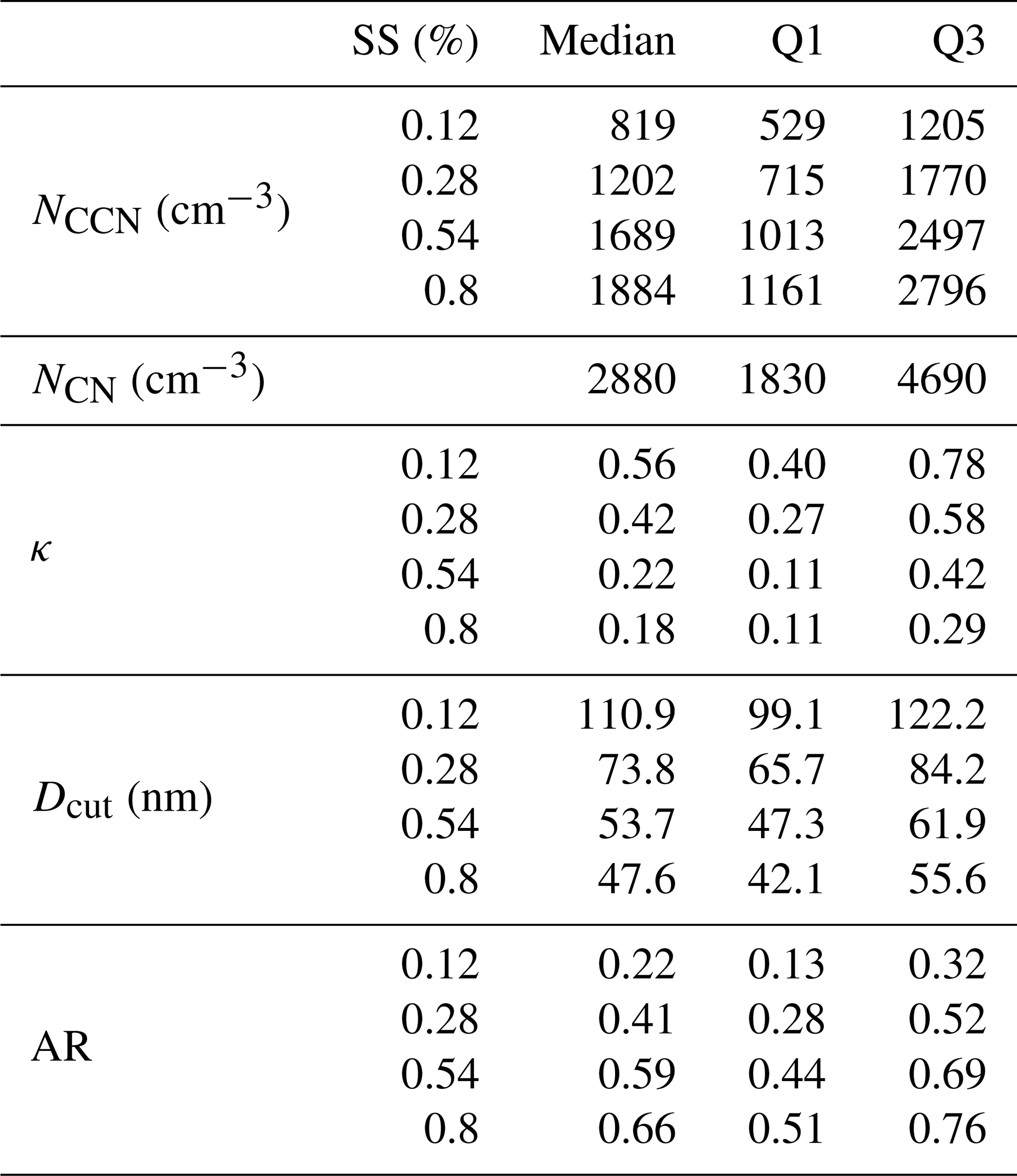
ACP - Hygroscopic properties and cloud condensation nuclei activity of atmospheric aerosols under the influences of Asian continental outflow and new particle formation at a coastal site in eastern Asia

Effect of H-factor on kappa number and yield (Spruce/Pine = 1:1; liquor... | Download Scientific Diagram

Study on the effect of temperature on the gas–liquid mass transfer rate of volatile liquid | SpringerLink
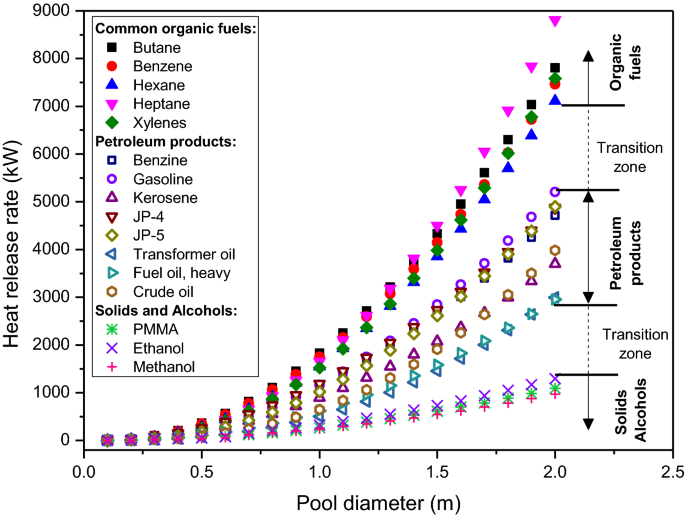
Estimation of Heat Release Rate and Fuel Type of Circular Pool Fires Using Inverse Modelling Based on Image Recognition Technique | SpringerLink

The difference between the two molar specific heats of a gas is 8000 J kg^-1 K^-1. If the ratio of the two specific heats is 1.65. Calculate the two molar specific heats.

Signaling Properties of Structurally Diverse Kappa Opioid Receptor Ligands: Toward in Vitro Models of in Vivo Responses | ACS Chemical Neuroscience
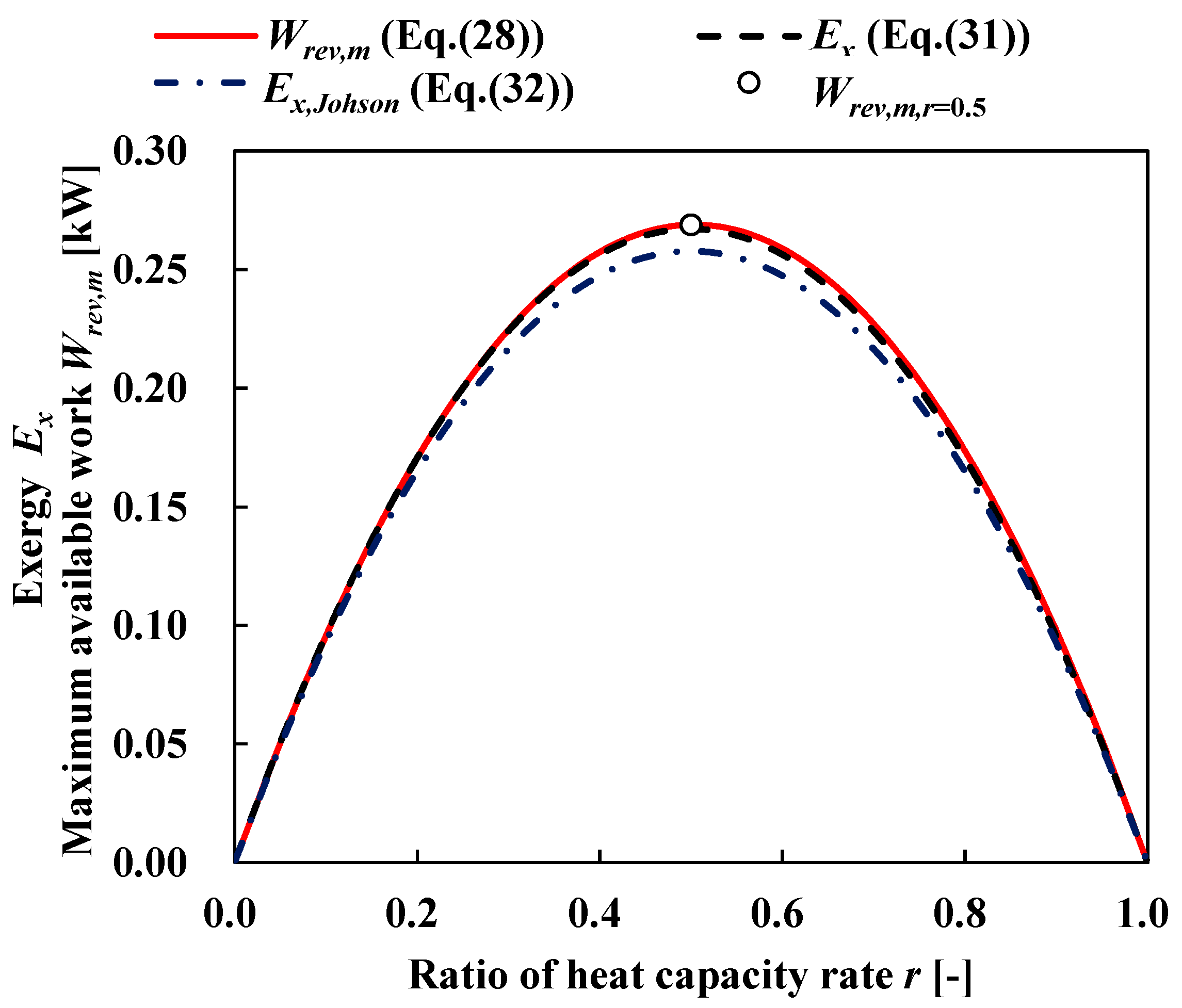
Entropy | Free Full-Text | Finite-Time Thermodynamic Model for Evaluating Heat Engines in Ocean Thermal Energy Conversion | HTML
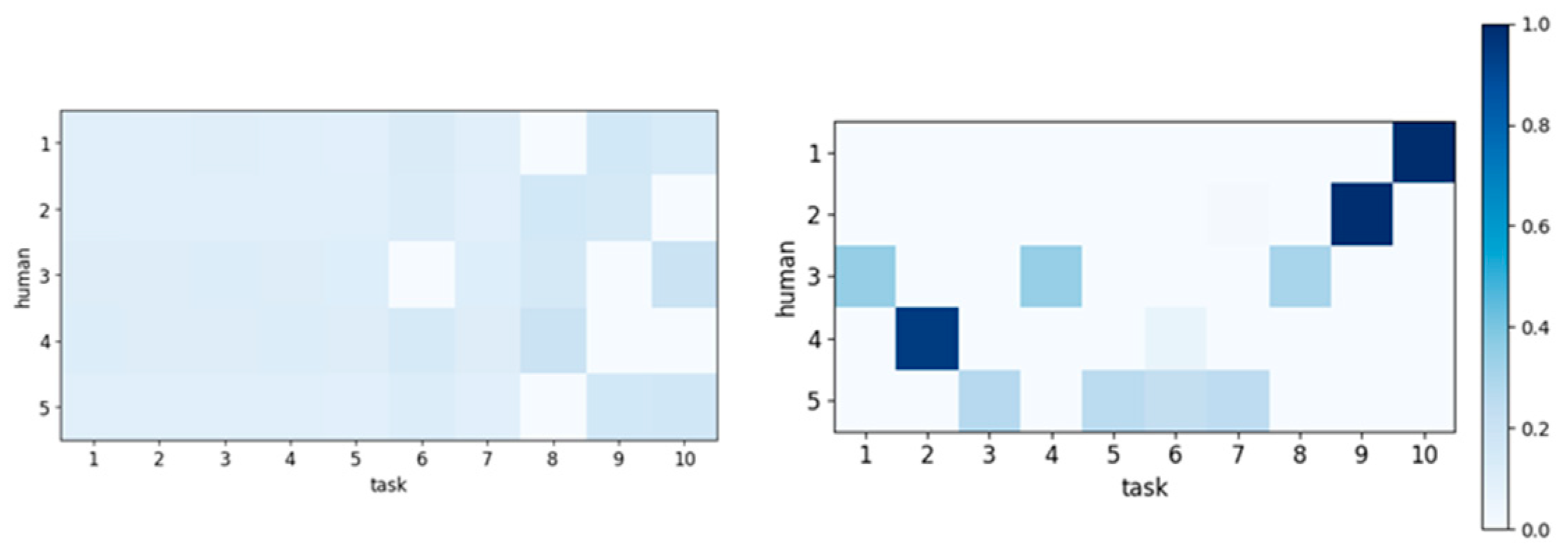
Sustainability | Free Full-Text | Task Allocation in Human–Machine Manufacturing Systems Using Deep Reinforcement Learning | HTML

Personality classification enhances blood metabolome analysis and biotyping for major depressive disorders: two-species investigation - ScienceDirect

HYFLEXPOWER: The world's first integrated power-to-X-to-power hydrogen gas turbine demonstrator | Press | Siemens Energy
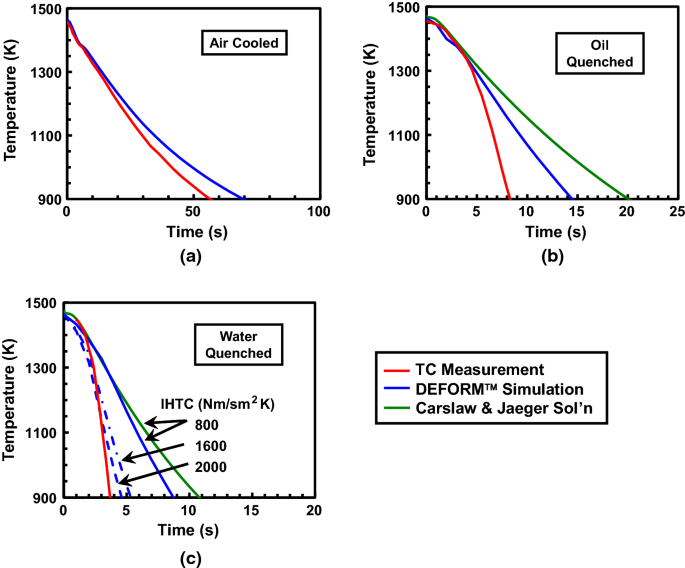
The Effect of Cooling Rate on High-Temperature Precipitation in a Powder-Metallurgy, Gamma/Gamma-Prime Nickel-Base Superalloy | SpringerLink

A geyser heats water flowing at the rate of 3.0 litres per minute from 27^oC to 77^oC . If the geyser operates on a gas burner. What is the rate of consumption

Production of cellulose aerogels from coir fibers via an alkali–urea method for sorption applications | Request PDF
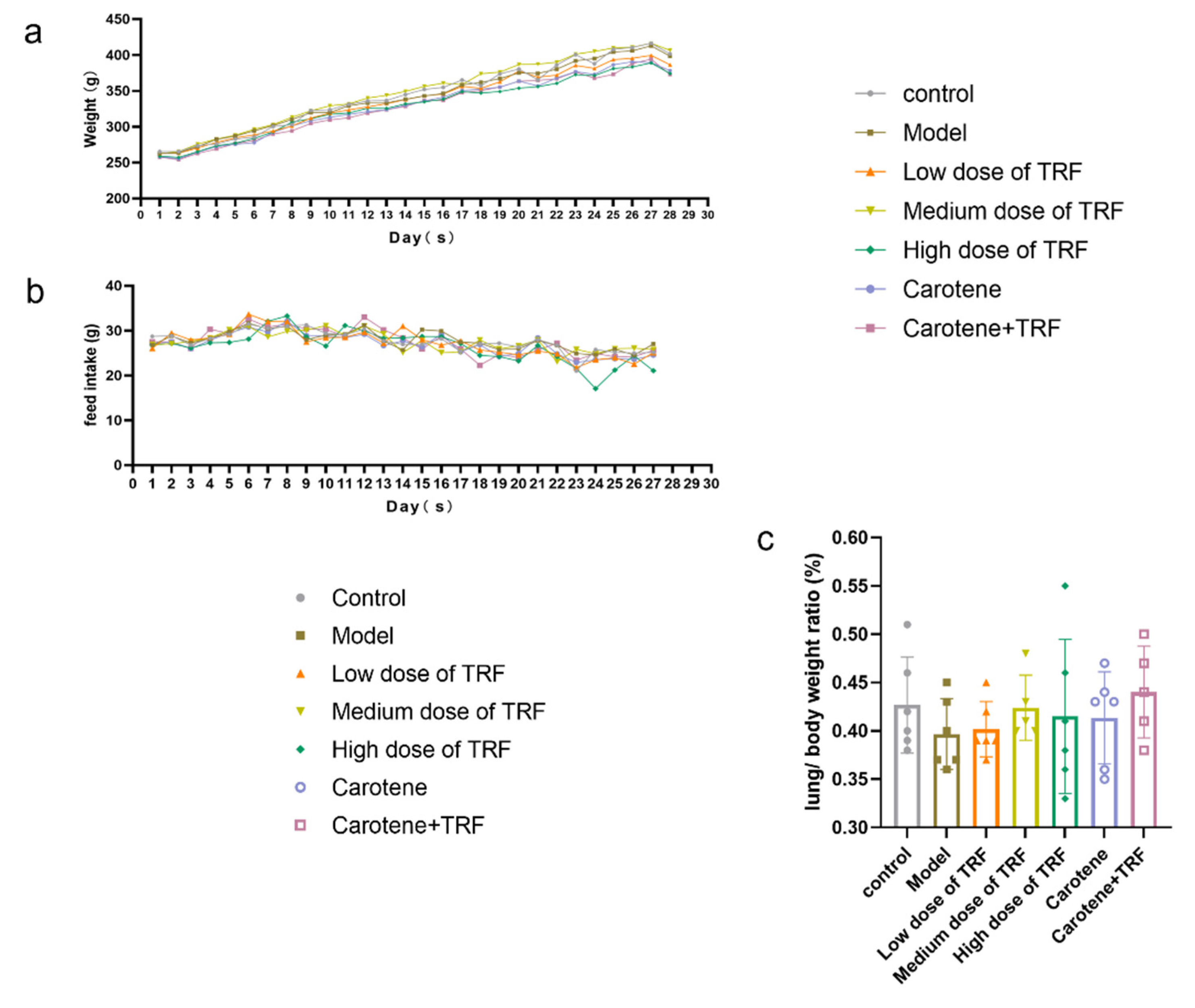
Nutrients | Free Full-Text | Potential “Therapeutic” Effects of Tocotrienol-Rich Fraction (TRF) and Carotene “Against” Bleomycin-Induced Pulmonary Fibrosis in Rats via TGF-β/Smad, PI3K/Akt/mTOR and NF-κB Signaling ...

Ultrafast Synthesis of Silica-Based Molecular Sieve Membranes in Dielectric Barrier Discharge at Low Temperature and Atmospheric Pressure | Journal of the American Chemical Society


